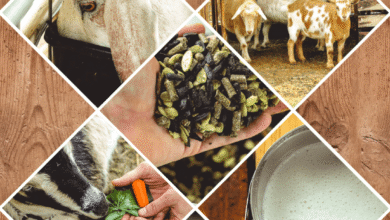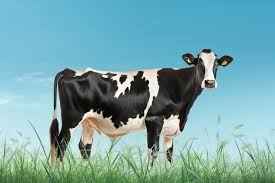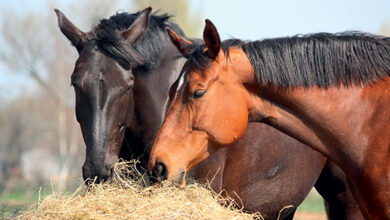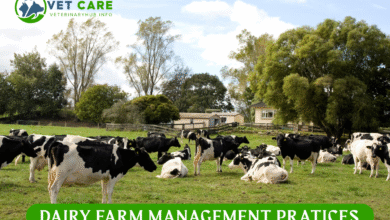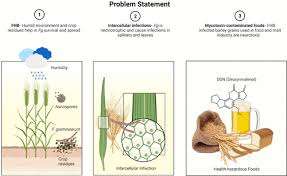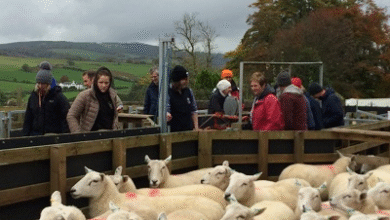6 Dog Breeds Perfect for Farms
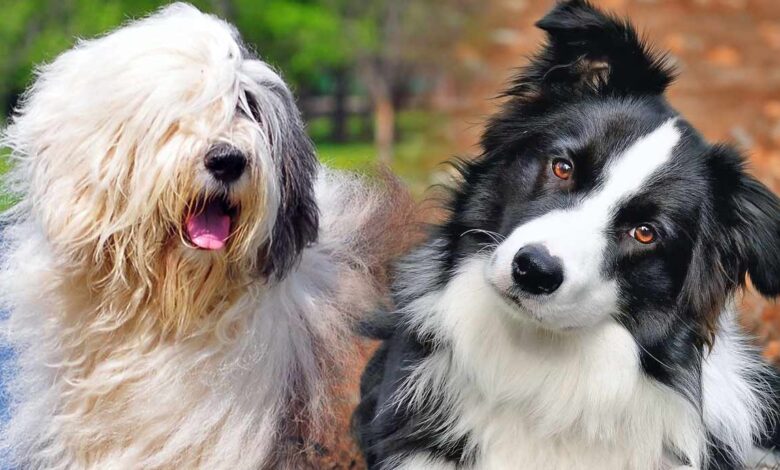

They are the shepherds, protectors, and companions of the farm. Farmdogs can come in all shapes, sizes, and colors. Some of these breeds could work well for your farm or acreage as a farmhand while others will make great hunting partners for you and companions for your family.
Great Pyrenees

Pyrenees are likely to form strong bonds with family and herd, and the dogs have been known to defend to the death when there’s a need. These mammoth dogs will keep all kinds of predators away from your property and livestock, including coyotes, packs of dogs, human intruders, and more.
For the size of the breed, they are relatively easy to care for. Adult males can weigh up to 130 pounds. They metabolize slower than other dogs their size, meaning they tend to eat less. They do require some special attention on the part of the owner as unlike other breeds, they have double dewclaws, which are the equivalent of having an extra couple of thumbs further back on the inside of the paw. These need trimming every three to four weeks. Also, since the breed is native to mountainous regions in Europe, they need cold weather. They have very thick fur and can develop skin problems in hot climates.
Labrador Retriever
:max_bytes(150000):strip_icc():format(webp)/DukeDadoChocLabIMG_9712-3caf5904636b4b6d84a3c161f7ed1390.jpg)
Whether you choose black, brown, or yellow, a Lab will be a great addition to your family. These popular dogs are great for hunting, and they’re loyal friends and great watch dogs as well. Labrador Retriever, or Labs as they are commonly called, are considered a medium-large breed with males weighing 55–80 pounds and females 55–70 pounds. Care for their coats by brushing regularly to help with shedding. The coat is water-resistant, which helps them in the winter in water to not get cold. They are widely known as assistance dogs or service dogs for personal use and as police and rescue dogs.
American Foxhound
:max_bytes(150000):strip_icc():format(webp)/lg_American_Foxhound_AKCMaryBLoom_0-b04436a53f304f2098ec659a7f4d2572.jpg)
American Foxhound would be considered a medium to large dog and range in size from 65-70 pounds for male dogs and 60-65 pounds for females. This scent hound won’t herd your livestock or guard them from predators, but if you like to hunt, here’s your dog. Even George Washington hunted with American Foxhounds.
Australian Shepherd
:max_bytes(150000):strip_icc():format(webp)/lg_Australian_Shepherd_AKCMaryBloom_0-59823e7dc6934c25a013161b597a196f.jpg)
Australian shepherds make fantastic acreage dogs! They’ll herd livestock, guard against predators, and become part of the family. They are medium in size by weight, but medium to large based on height. The males can be from 50-65 pounds while females are slightly smaller around 40-45 pounds. They range in height from 18-23 inches tall. These dogs run for a living and having room for them to run and roam would be wise for the dog owner to consider.
Fun fact: Australian Shepherds are actually not from Australia while the Australian Cattle Dog is.
Blue Heeler
:max_bytes(150000):strip_icc():format(webp)/RoxyandRyderHeldAustraliancattledogs_heelers-0e229dbb5f23440eb0d2925ea25cc632.jpg)
Blue Heelers are also known as Australian Cattle Dogs. This breed is best known for herding cattle. They are intelligent dogs and hard workers, and are very loyal to their families, with a strong protective instinct. Australian Cattle Dogs are a medium sized dog and can be 33-49 pounds. They are stocky and muscular, which helps give them the appearance of being strong and agile. They are also known as a Blue Heeler or Red Heeler based on their coloring. Roxy (red) and Ryder (blue) pictured here are lovingly referred to as the owner’s heeler helpers.
Pointer
:max_bytes(150000):strip_icc():format(webp)/MaverickYoungPointer-5537021271e940a3ba4e98fdbf4a618a.jpg)
A hard-driving hunting dog possessing stamina, courage, and the desire to go, the Pointer is breed primarily for sport afield and definitely looks the part. He gives the impression of power and grace, with a noble carriage, an intelligent expression, and a muscular body. Male Pointers can weigh around 75 pounds, making them a large dog and can come in nine color and four marking variations. A good Pointer can come in any color. They are affectionate toward family members and get along well with other dogs. They love to run and need daily exercise to burn off energy.
If you have any questions, feel free to contact me anytime at professionaldvm129@gmail.com. I am always happy to assist you regarding goat health, lameness, or any livestock care issues. Your queries are important to me. I will reply as soon as possible. Thank you.

